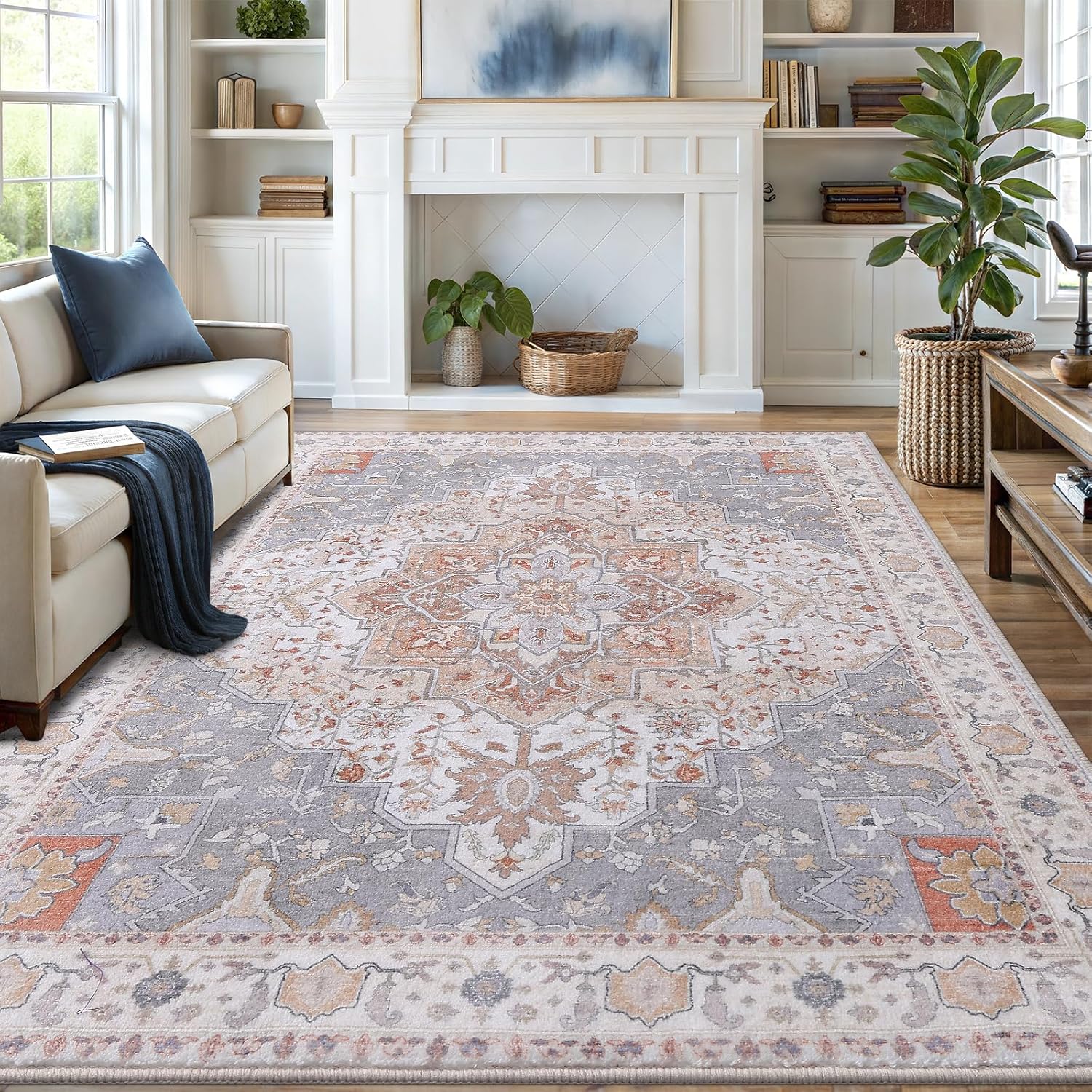Yes, a vacuum cleaner with a HEPA filter can effectively remove dust mites and their allergens from carpets, upholstery, and bedding.
Dust mites are microscopic pests that thrive in homes, feeding on dead skin cells. They trigger allergies and asthma symptoms in many people. While vacuuming helps reduce dust mite populations, it may not eliminate them completely. Here’s what you need to know about using vacuum cleaners against dust mites.

Understanding Dust Mites
Dust mites are tiny arthropods, not insects, measuring about 0.3 millimeters. They live in warm, humid environments and feed on human skin flakes. A single gram of dust can contain hundreds of dust mites.
Where Dust Mites Live
These pests prefer soft, fabric surfaces where skin cells accumulate:
- Mattresses and pillows
- Carpets and rugs
- Upholstered furniture
- Curtains and drapes

How Vacuuming Helps Against Dust Mites
Regular vacuuming can significantly reduce dust mite populations by removing their food source (dead skin cells) and some mites themselves. However, vacuuming alone won’t completely eliminate an infestation.
Best Vacuum Features for Dust Mites
For maximum effectiveness against dust mites, look for:
- HEPA filtration (traps 99.97% of particles 0.3 microns or larger)
- Strong suction power
- Specialized attachments for mattresses and upholstery
- Sealed system to prevent allergen leakage
For deep cleaning other areas of your home, consider our guide on best methods for deep cleaning a mattress.
Limitations of Vacuuming for Dust Mites
While vacuuming helps, it has several limitations:
Why Vacuuming Isn’t Enough
- Vacuuming doesn’t kill dust mites – it only removes some
- Mites can cling tightly to fabric fibers
- Eggs and waste particles may remain
- Allergens can become airborne during vacuuming
Comprehensive Dust Mite Control Strategy
For best results, combine vacuuming with other methods:
Essential Additional Steps
- Wash bedding weekly in hot water (130°F or higher)
- Use allergen-proof mattress and pillow covers
- Maintain humidity below 50%
- Regularly clean all soft surfaces
- Consider steam cleaning for deep sanitization
For maintaining other surfaces in your home, check out our article on best practices for cleaning pet-friendly bedding materials.
Choosing the Right Vacuum for Dust Mites
Not all vacuums are equally effective against dust mites. According to the American Academy of Allergy, Asthma & Immunology, HEPA-filtered vacuums are most effective for allergen control.
| Vacuum Type | Effectiveness Against Dust Mites |
|---|---|
| HEPA Bagged Upright | Excellent |
| HEPA Bagless Canister | Very Good |
| Standard Vacuum | Fair |
| Robot Vacuum | Good (with HEPA) |
Proper Vacuuming Technique for Dust Mites
How you vacuum matters as much as what you vacuum with:
Effective Vacuuming Practices
- Vacuum slowly to allow suction to work
- Use crevice tools for edges and seams
- Vacuum mattresses weekly, focusing on seams
- Empty vacuum outside to prevent allergen re-entry
- Wear a mask if you’re highly allergic
The Asthma and Allergy Foundation of America recommends vacuuming at least twice weekly for allergy sufferers.
Alternative Dust Mite Reduction Methods
For comprehensive control, consider these additional approaches:
Beyond Vacuuming
- Freezing: Small items can be frozen for 24 hours to kill mites
- Sunlight: UV rays can help kill mites on items left in direct sun
- Essential oils: Some oils like eucalyptus may repel mites
- Professional cleaning: For severe infestations
Special Considerations for Allergy Sufferers
If you’re allergic to dust mites, take extra precautions:

Vanmoos 6×9 Machine-Washable Area Rug — Artistic Flair / Beige
Low-pile, non-slip rug that minimizes pet hair collection and makes quick cleanup part of your routine.
Affiliate link — may earn a commission at no extra cost to you.
Allergy-Specific Tips
- Have someone else do the vacuuming if possible
- Wait 20 minutes after vacuuming before entering the room
- Consider wearing a mask during and after vacuuming
- Use a vacuum with automatic allergen containment
